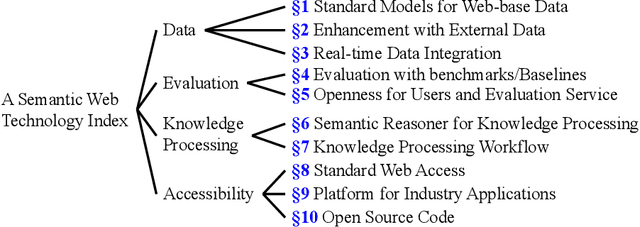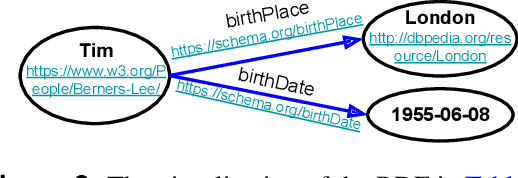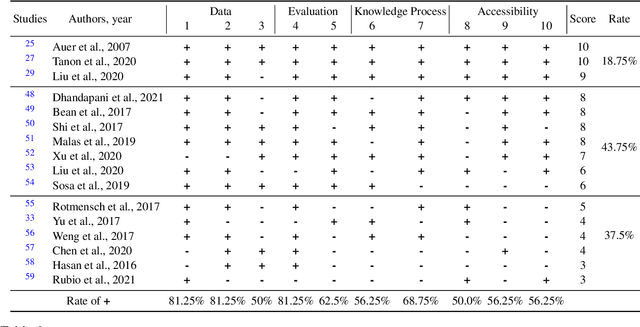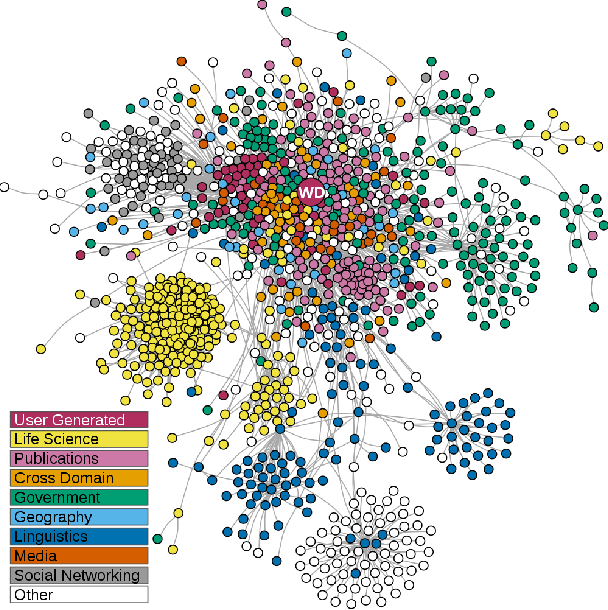Zhisheng Huang
Reconstructing 4D Spatial Intelligence: A Survey
Jul 28, 2025



Abstract:Reconstructing 4D spatial intelligence from visual observations has long been a central yet challenging task in computer vision, with broad real-world applications. These range from entertainment domains like movies, where the focus is often on reconstructing fundamental visual elements, to embodied AI, which emphasizes interaction modeling and physical realism. Fueled by rapid advances in 3D representations and deep learning architectures, the field has evolved quickly, outpacing the scope of previous surveys. Additionally, existing surveys rarely offer a comprehensive analysis of the hierarchical structure of 4D scene reconstruction. To address this gap, we present a new perspective that organizes existing methods into five progressive levels of 4D spatial intelligence: (1) Level 1 -- reconstruction of low-level 3D attributes (e.g., depth, pose, and point maps); (2) Level 2 -- reconstruction of 3D scene components (e.g., objects, humans, structures); (3) Level 3 -- reconstruction of 4D dynamic scenes; (4) Level 4 -- modeling of interactions among scene components; and (5) Level 5 -- incorporation of physical laws and constraints. We conclude the survey by discussing the key challenges at each level and highlighting promising directions for advancing toward even richer levels of 4D spatial intelligence. To track ongoing developments, we maintain an up-to-date project page: https://github.com/yukangcao/Awesome-4D-Spatial-Intelligence.
3R-GS: Best Practice in Optimizing Camera Poses Along with 3DGS
Apr 05, 2025Abstract:3D Gaussian Splatting (3DGS) has revolutionized neural rendering with its efficiency and quality, but like many novel view synthesis methods, it heavily depends on accurate camera poses from Structure-from-Motion (SfM) systems. Although recent SfM pipelines have made impressive progress, questions remain about how to further improve both their robust performance in challenging conditions (e.g., textureless scenes) and the precision of camera parameter estimation simultaneously. We present 3R-GS, a 3D Gaussian Splatting framework that bridges this gap by jointly optimizing 3D Gaussians and camera parameters from large reconstruction priors MASt3R-SfM. We note that naively performing joint 3D Gaussian and camera optimization faces two challenges: the sensitivity to the quality of SfM initialization, and its limited capacity for global optimization, leading to suboptimal reconstruction results. Our 3R-GS, overcomes these issues by incorporating optimized practices, enabling robust scene reconstruction even with imperfect camera registration. Extensive experiments demonstrate that 3R-GS delivers high-quality novel view synthesis and precise camera pose estimation while remaining computationally efficient. Project page: https://zsh523.github.io/3R-GS/
A RAG Approach for Generating Competency Questions in Ontology Engineering
Sep 13, 2024



Abstract:Competency question (CQ) formulation is central to several ontology development and evaluation methodologies. Traditionally, the task of crafting these competency questions heavily relies on the effort of domain experts and knowledge engineers which is often time-consuming and labor-intensive. With the emergence of Large Language Models (LLMs), there arises the possibility to automate and enhance this process. Unlike other similar works which use existing ontologies or knowledge graphs as input to LLMs, we present a retrieval-augmented generation (RAG) approach that uses LLMs for the automatic generation of CQs given a set of scientific papers considered to be a domain knowledge base. We investigate its performance and specifically, we study the impact of different number of papers to the RAG and different temperature setting of the LLM. We conduct experiments using GPT-4 on two domain ontology engineering tasks and compare results against ground-truth CQs constructed by domain experts. Empirical assessments on the results, utilizing evaluation metrics (precision and consistency), reveal that compared to zero-shot prompting, adding relevant domain knowledge to the RAG improves the performance of LLMs on generating CQs for concrete ontology engineering tasks.
PHRIT: Parametric Hand Representation with Implicit Template
Sep 26, 2023



Abstract:We propose PHRIT, a novel approach for parametric hand mesh modeling with an implicit template that combines the advantages of both parametric meshes and implicit representations. Our method represents deformable hand shapes using signed distance fields (SDFs) with part-based shape priors, utilizing a deformation field to execute the deformation. The model offers efficient high-fidelity hand reconstruction by deforming the canonical template at infinite resolution. Additionally, it is fully differentiable and can be easily used in hand modeling since it can be driven by the skeleton and shape latent codes. We evaluate PHRIT on multiple downstream tasks, including skeleton-driven hand reconstruction, shapes from point clouds, and single-view 3D reconstruction, demonstrating that our approach achieves realistic and immersive hand modeling with state-of-the-art performance.
Consistent 3D Hand Reconstruction in Video via self-supervised Learning
Jan 24, 2022



Abstract:We present a method for reconstructing accurate and consistent 3D hands from a monocular video. We observe that detected 2D hand keypoints and the image texture provide important cues about the geometry and texture of the 3D hand, which can reduce or even eliminate the requirement on 3D hand annotation. Thus we propose ${\rm {S}^{2}HAND}$, a self-supervised 3D hand reconstruction model, that can jointly estimate pose, shape, texture, and the camera viewpoint from a single RGB input through the supervision of easily accessible 2D detected keypoints. We leverage the continuous hand motion information contained in the unlabeled video data and propose ${\rm {S}^{2}HAND(V)}$, which uses a set of weights shared ${\rm {S}^{2}HAND}$ to process each frame and exploits additional motion, texture, and shape consistency constrains to promote more accurate hand poses and more consistent shapes and textures. Experiments on benchmark datasets demonstrate that our self-supervised approach produces comparable hand reconstruction performance compared with the recent full-supervised methods in single-frame as input setup, and notably improves the reconstruction accuracy and consistency when using video training data.
A Semantic Web Technology Index
Jan 14, 2022



Abstract:Semantic Web (SW) technology has been widely applied to many domains such as medicine, health care, finance, geology. At present, researchers mainly rely on their experience and preferences to develop and evaluate the work of SW technology. Although the general architecture (e.g., Tim Berners-Lee's Semantic Web Layer Cake) of SW technology was proposed many years ago and has been well-known, it still lacks a concrete guideline for standardizing the development of SW technology. In this paper, we propose an SW technology index to standardize the development for ensuring that the work of SW technology is designed well and to quantitatively evaluate the quality of the work in SW technology. This index consists of 10 criteria that quantify the quality as a score of 0 ~ 10. We address each criterion in detail for a clear explanation from three aspects: 1) what is the criterion? 2) why do we consider this criterion and 3) how do the current studies meet this criterion? Finally, we present the validation of this index by providing some examples of how to apply the index to the validation cases. We conclude that the index is a useful standard to guide and evaluate the work in SW technology.
 Add to Chrome
Add to Chrome Add to Firefox
Add to Firefox Add to Edge
Add to Edge